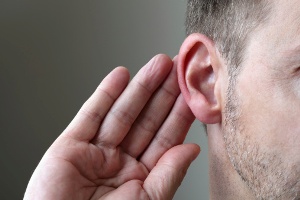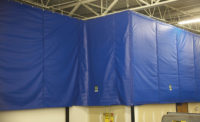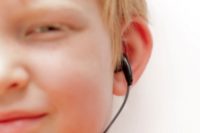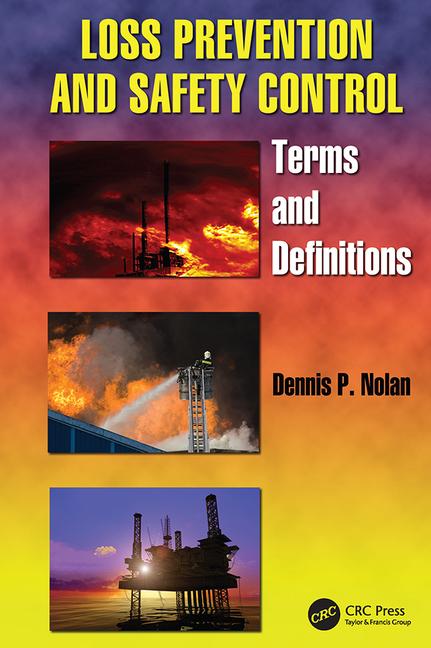 Noise-induced hearing loss (NIHL) occurs when tiny sensory hair cells in our inner ears are damaged by noises that are too loud and that last for too long.
Noise-induced hearing loss (NIHL) occurs when tiny sensory hair cells in our inner ears are damaged by noises that are too loud and that last for too long.
The max volume of music in headphones is about 105 decibels. That’s 100 times louder than the noise level (85 decibels) at which workers are required to start using hearing protection. Listening to very loud music in headphones for even a few minutes puts you at an increased risk for hearing loss.
Your ears can be your warning system for potentially dangerous noises around you. The noise is too loud when:
- You have to raise your voice to be understood by someone standing nearby.
- The noise hurts your ears.
- You develop a buzzing or ringing sound in your ears, even temporarily.
- You don’t hear as well as you normally do until several hours after you get away from the noise.
If you are around noises at this level, take protective action. To avoid NIHL:
- Block the noise (wear earplugs or earmuffs).
- Avoid the noise (walk away).
- Turn down the sound.
How loud is too loud? How long Is too long?
Noise-induced hearing loss (NIHL) occurs when tiny sensory hair cells in our inner ears are damaged by noises that are too loud and that last for too long. But how loud is too loud, and how much time is too long? The answers are related: the louder the sound, the shorter the time before damage can occur.
Sound is measured in units called decibels. Decibel levels begin at zero, which is near total silence and the weakest sound our ears can hear. By comparison, a whisper is 30 decibels and a normal conversation is 60 decibels. An increase of 10 means that a sound is 10 times more intense, or powerful. To your ears, it sounds twice as loud. The sound of an ambulance siren at 120 decibels is about 1 trillion times more intense than the weakest sound our ears can hear. Sounds that reach 120 decibels are painful to our ears at close distances.
Scientists believe that, depending upon the type of sound, the pure force of its vibrations at high decibel levels can cause hearing loss. Recent studies also show that exposure to sounds at harmful decibel levels triggers the formation of molecules inside the ear that damage hair cells. These destructive molecules play an important role in hearing loss in children and adults who listen to loud noise for too long.
How does time multiply the danger of NIHL?
NIHL is related both to the decibel level of a sound and to the amount of time you are exposed to it. The distance you are from the sound also matters. A sound gets louder as you move closer to the source and softer as you move away from it. If you are far away from the sound, its intensity and its potential to cause damage are much lower. In addition, the impact of noise adds up over a lifetime. If you are exposed to loud sounds on a regular basis, your risk for permanent damage adds up as you age.
NIHL is also related to a person's genes. Some people are more likely than others to develop NIHL when they listen to certain sounds. Scientists are working to determine which people are more at risk for NIHL and which are less at risk. For this reason, we all need to protect our hearing when we are exposed to loud noise.
Researchers who study hearing loss in the workplace have found that a person who is exposed to noise levels at 85 decibels or higher for a prolonged period of time is at risk for hearing loss. For this reason, these workers are required to wear hearing protectors, such as earplugs or earmuffs, while they are on the job. Many devices that children use today have noise levels much higher than 85 decibels. For example, an MP3 player at maximum level is roughly 105 decibels. That's 100 times more intense than 85 decibels! Scientists recommend no more than 15 minutes of unprotected exposure to sounds that are 100 decibels. In addition, regular exposure to sounds at 110 decibels for more than one minute risks permanent hearing loss.
The National Institute on Deafness and Other Communication Disorders (NIDCD) sponsors It’s a Noisy Planet. Protect Their Hearing. This national public education campaign is designed to increase awareness among parents of children ages 8 to 12 (tweens) about the causes and prevention of noise-induced hearing loss (NIHL). With this information, parents and other adults can encourage children to adopt healthy hearing habits before and during the time that they develop listening, leisure, and working habits. To find out more about how to protect your hearing and that of your family, visit the Noisy Planet Web site at http://www.noisyplanet.nidcd.nih.gov.
For more information about your hearing and hearing loss, contact:
NIDCD Information Clearinghouse
1 Communication Avenue
Bethesda, MD 20892-3456
www.nidcd.nih.gov
Voice: (800) 241-1044
TTY: (800) 241-1055
Fax: (301) 770-8977





